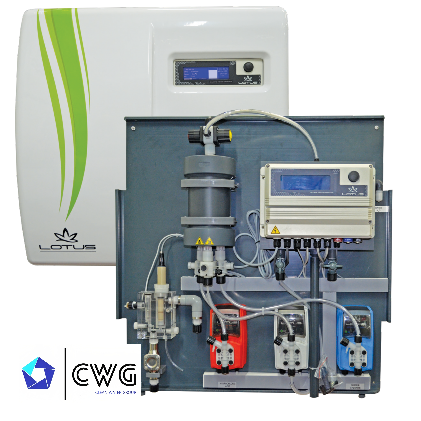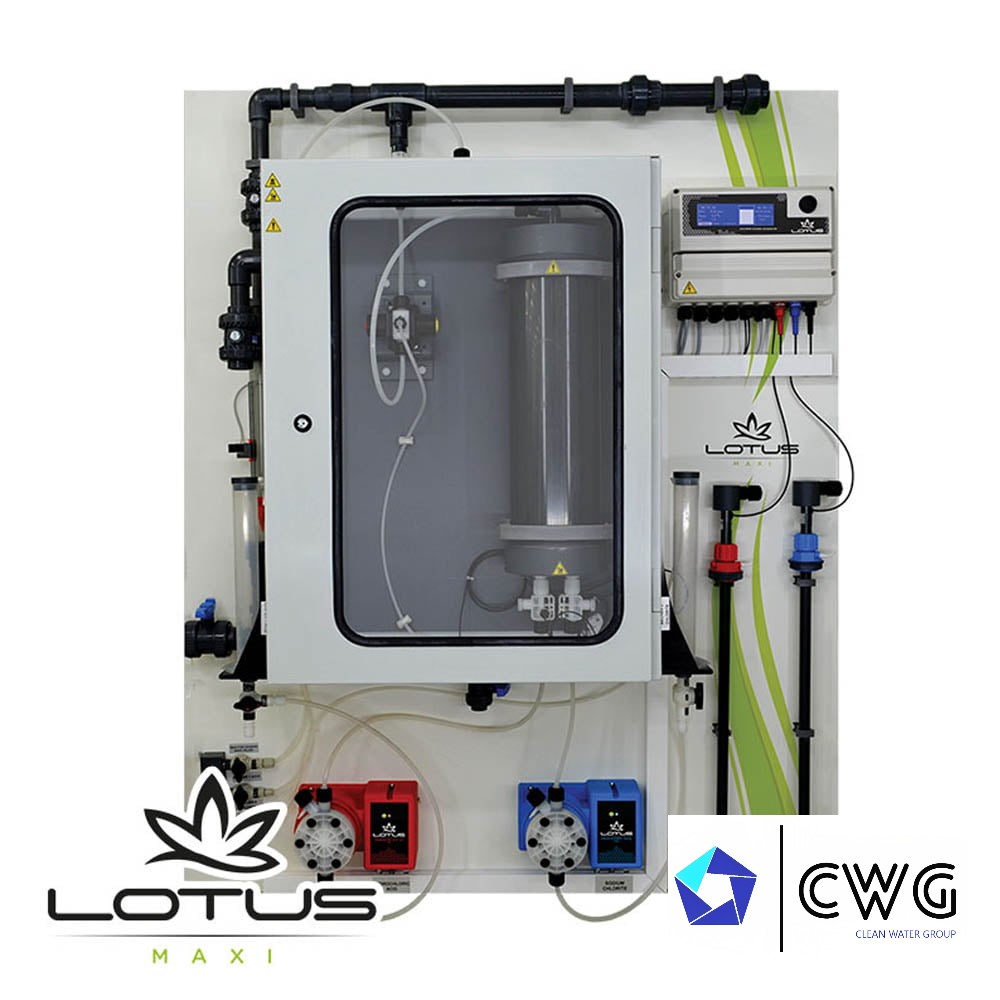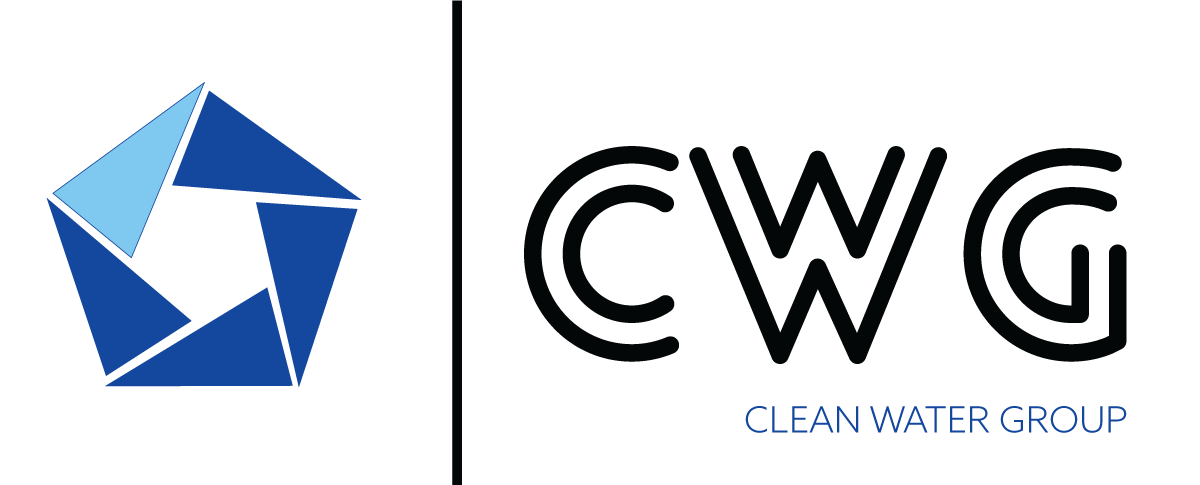Legionella
Legionella is a bacterium belonging to the genus Legionella. The most famous species from this genus is Legionella pneumophila, which is responsible for most cases of a disease known as Legionnaires’ disease or legionellosis. Legionella is naturally found in aquatic environments, such as lakes, rivers and water systems. The bacterium can multiply and spread in warm and stagnant waters, especially if favorable conditions are created.
Legionella is a disease that can cause a variety of symptoms, including flu-like symptoms such as high fever, cough, shortness of breath, headache and fatigue. In more severe cases, it can lead to serious pneumonia called Legionnaires’ disease. Legionella is transmitted by inhalation of aerosolized water droplets infected with the bacterium, which are usually created when showering, using water fountains or air conditioning systems that use infected water.
Risk groups for developing more severe forms of legionella include the elderly, smokers, people with weakened immune systems, and people with chronic lung disease or other health problems. Legionellosis can be especially dangerous for these groups, as it can cause serious complications.
The danger of Legionella lies in its ability to cause serious respiratory diseases, especially in people with weakened immune systems. In addition, Legionella can spread rapidly in closed water systems, such as air conditioning and ventilation systems, which can lead to disease epidemics if left uncontrolled.
Proper maintenance and disinfection of water systems, especially those that create aerosolized droplets, are key to preventing the spread of Legionella and protecting public health.






The Bacterium Legionella can often be found in different water systems, especially those that allow aerosols to form or disperse water in the air.
The most common places to find Legionella include:
- Showers and bathtubs: Showers and bathtubs can create aerosols, i.e. small droplets of water that can be inhaled. If water is infected with Legionella, aerosolized droplets can be inhaled, which increases the risk of infection.
- Sprinklers and fountains: Fountains and sprays that use water to create a sprayeffect can also create an aerosol and thus increase the spread of Legionella in the air.
- Air conditioning and ventilation systems: Air conditioning, ventilation and heating systems that use water to cool and humidify the air can be a source of Legionella if bacteria multiply in water pipes and tanks.
- Swimming pool and hydromassage systems: Water facilities such as swimming pools, jacuzzis and hydromassage bathtubs provide favorable conditions for Legionella reproduction, especially if the water is not properly maintained and disinfected.
- Hot water heaters and hot water tanks: Standing hot water in water heaters and tanks can serve as an ideal environment for the development of Legionella.
- Low-consumption plumbing systems: Water pipes and low-flow systems, such as those in unused buildings, can favor the accumulation of bacteria.
- Hotels and residential buildings: Facilities with a large number of showers, swimming pools, air conditioning systems and other water facilities can be risky areas for the presence of Legionella if water is not properly maintained.
- Hospitals and health institutions: In healthcare facilities, especially in intensive care units, there is an increased risk of Legionella infection due to the higher sensitivity of patients.
- Industrial plants: Industrial systems that use water for cooling or production processes can also be places where Legionella can reproduce.
It is worth noting that Legionella can occur in any place where there is stagnant water and favorable conditions for its development.
Proper maintenance and disinfection of water systems are key to preventing the spread of Legionella and preserving safe water for consumption.
